When you have to name one of the most distinctive examples of early modern architecture, then this mansion on the western outskirts of Paris definitely comes to mind.
It’s hard to judge the impact of this villa because we are already so used to modern architecture today. This makes it all the more remarkable that this epitome of International Style architecture was constructed nearly a century ago.
In this article, you’ll discover some of the most interesting facts about Villa Savoye and its history, a building that revolutionized architecture in the 20th century.
1. It’s located in a small city on the western outskirts of Paris
Villa Savoye is an architectural highlight located in Poissy, a small city with about 40,000 inhabitants on the western outskirts of Paris.
This city is in the Yvelines department and has an extensive and remarkable history. It’s the oldest of all Royal cities in the Île-de-France region of France.
It’s here that French kings Louis IX of France (1214-1270) (Saint Louis) and Philip III of France (1245-1285) were born in the 13th century.
Poissy lost its significance in the 15th century and became nothing more than a rural community.
It was absorbed into the immense metropolitan area of Paris in the 20th century as it lies about 23.8 kilometers (14.8 miles) from the heart of France’s capital.

2. The expensive villa was named after the family who commissioned it
The history of the villa dates back to the late 1920s. This was a period of great innovation known as the Roaring Twenties.

The mansion was commissioned by Pierre and Eugénie Savoye in the Spring of 1928 and it was named after this family.
The estimate of the cost to build the mansion when construction started in February 1929 was around 500,000 francs.
The Savoye family ended up spending about 900,000 francs when their villa was completed, a staggering amount at the time.
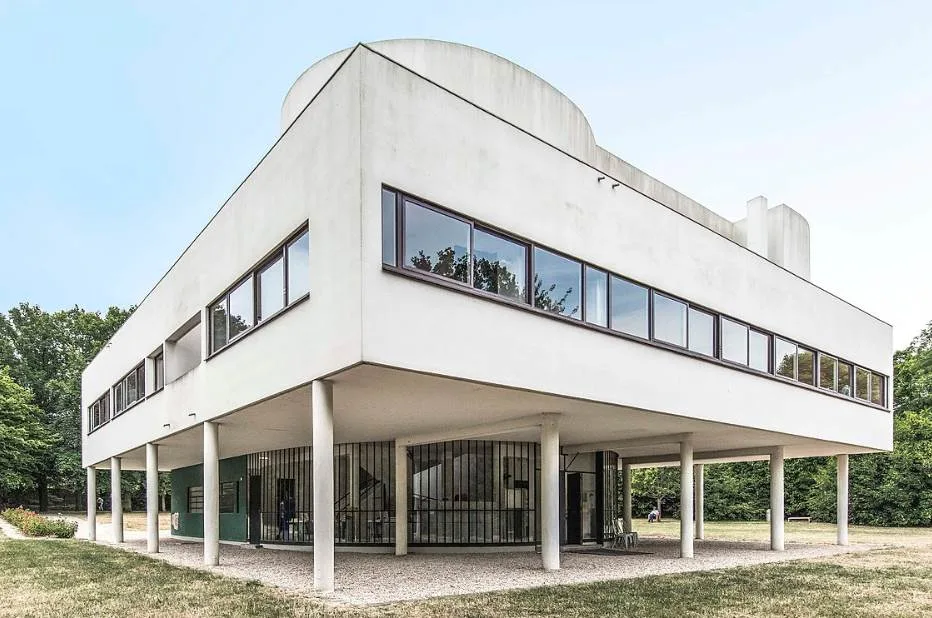
3. It was designed by a renowned Swiss modern architect
The building was designed by a Swiss architect named Charles-Édouard Jeanneret (1887-1965) who got help from his cousin Pierre Jeanneret (1896-1967) for the design.
The famous architect is better known by his nickname “Le Corbusier,” which translates to “the crowlike one.”
By the time he was approached by the Savoye family, he was already one of the most renowned architects in the world and a pioneer of modern architecture.
He was also a renowned urban planner and had the goal of making the living conditions of people living in the overcrowded booming cities all around the world much better.
Regardless of his contributions to the world of architecture and urban planning, he remains controversial for his presumed ties with Fascism, especially Italian dictator Benito Mussolini.
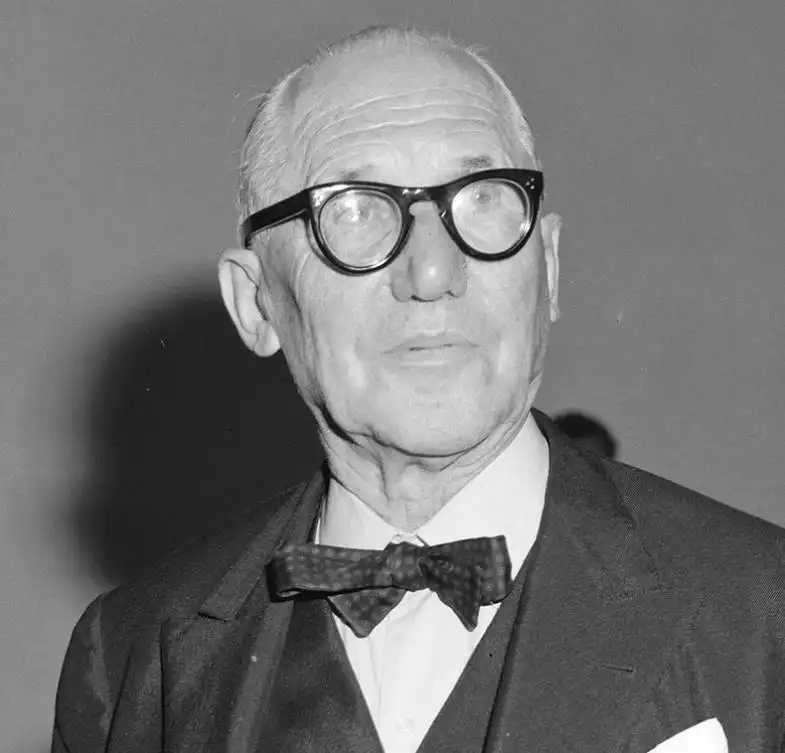
4. It was far from being the first modern villa in the world
After a brief period of becoming a painter between 1918 and 1922, Le Corbusier devoted himself to architecture. He developed his distinctive modern style in the early 1920s.
He designed a building for the International Exhibition of Modern Decorative and Industrial Arts in 1925 called “L’Esprit Nouveau Pavilion.”
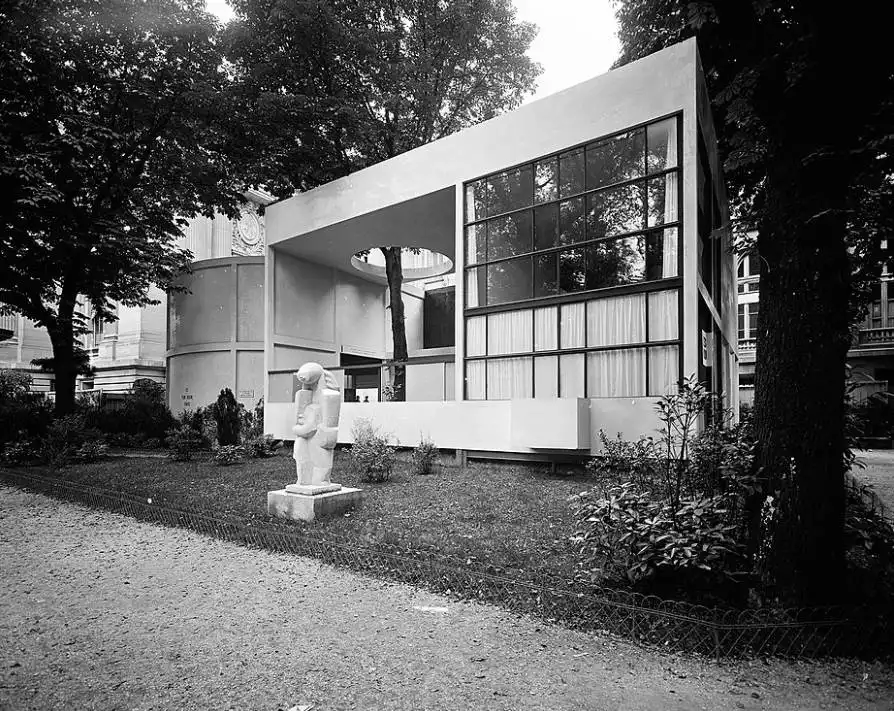
The modern plan of the pavilion was based on earlier villas such as Villa la Roche and Villa Jeanneret near Paris, both completed between 1923 and 1925.
Both Le Corbusier and his cousin Pierre Jeanneret worked together on other mansions in neighboring countries such as Maison Guiette (1926) in Antwerp and Maisons de la Weissenhof-Siedlung (1927) in Stuttgart.
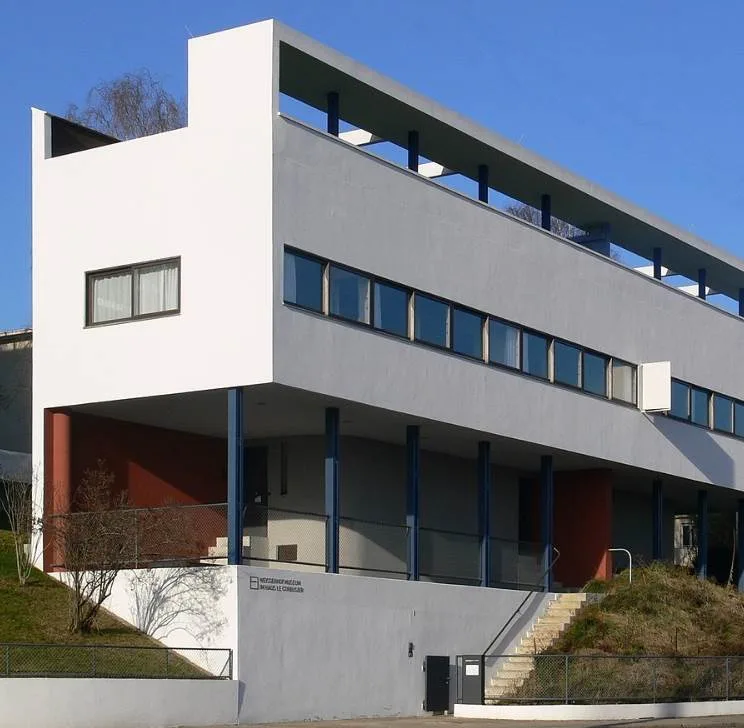
5. It’s the epitome of the architect’s Five Points of Architecture
Villa Savoye was completed between 1929 and 1931 and is the best example of the so-called “Five Points of Architecture” that Le Corbusier developed.
The ideas of this architectural manifesto were first described in a magazine called “L’Esprit Nouveau” and were later included in a series of essays written by Le Corbusier titled “Vers une architecture” or Towards an Architecture.”
This is a brief summary of these five points:
- Pilotis – Slender pillars that support the structure.
- Free design of the ground plan – The result of using pilotis is no need for load-bearing walls.
- Free design of the façade with structural constrictions.
- Long horizontal windows to improve lighting inside the building.
- A roof garden – Made possible by a flat roof design.
If you take a good look at Villa Savoye, you’ll notice that this building is the perfect example of what Le Corbusier described in his essays.
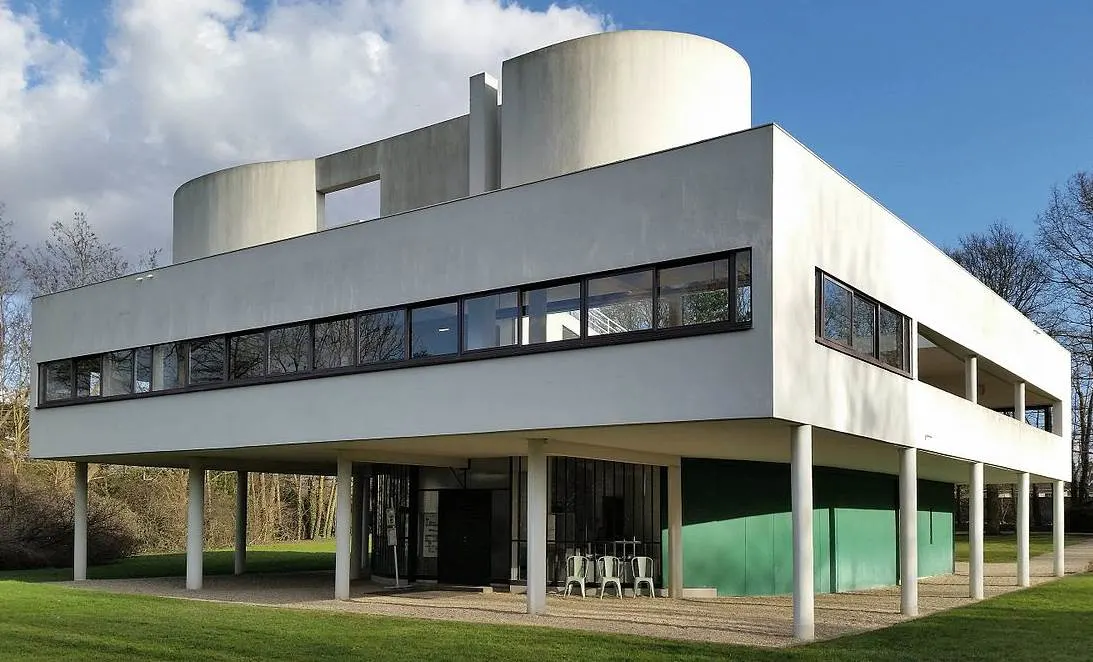
6. The building was nearly demolished in the 1950s
Despite spending nearly a million francs on this building and its surrounding garden, the Savoye family had a lot of issues with it.
They only lived here between 1931 and 1940 and during this time, they were asked for additional payments from contractors.
To make things even worse, the roof started leaking almost immediately and the building wasn’t constructed with durable materials resulting in cracks all over the building.
The family briefly returned to the villa after the war but quickly abandoned it again. When it became the property of the local government, plans to demolish it were made.
It was added to the French registry of historical monuments in 1965 which ensured that it could never be demolished.
A construction project was initiated in 1985 and completed in 1997. It has since been open to the public and still serves as a popular tourist attraction today.

7. Villa Savoye and 16 similar mansions are a UNESCO World Heritage site
The significance of the building in the history of architecture has been recognized for many decades. It was finally awarded UNESCO World Heritage status in 2016.
The site is officially known as “The Architectural Work of Le Corbusier, an Outstanding Contribution to the Modern Movement” and features a total of 17 buildings, including Villa Savoye.
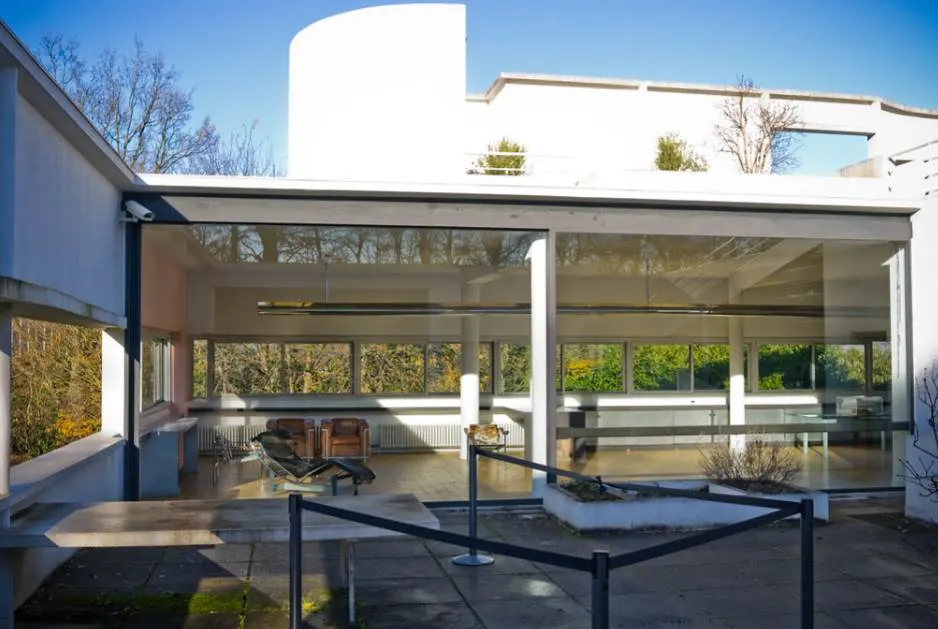
8. Many replicas of the villa have been built around the world
It’s fair to describe the mansion as one of the most defining buildings of the 1930s and one of the most influential ones as well.
It inspired countless other modern buildings, especially those classified as International style structures.
The problem with Villa Savoye is that the family gave Le Corbusier so much freedom that he solely focused on integrating his five points rather than focusing on the comfort of the inhabitants.
Despite this notion, many replicas of the building constructed all around the world, including the west wing of the AIATSIS in Canberra which is a black replica of Le Corbusier’s work.

